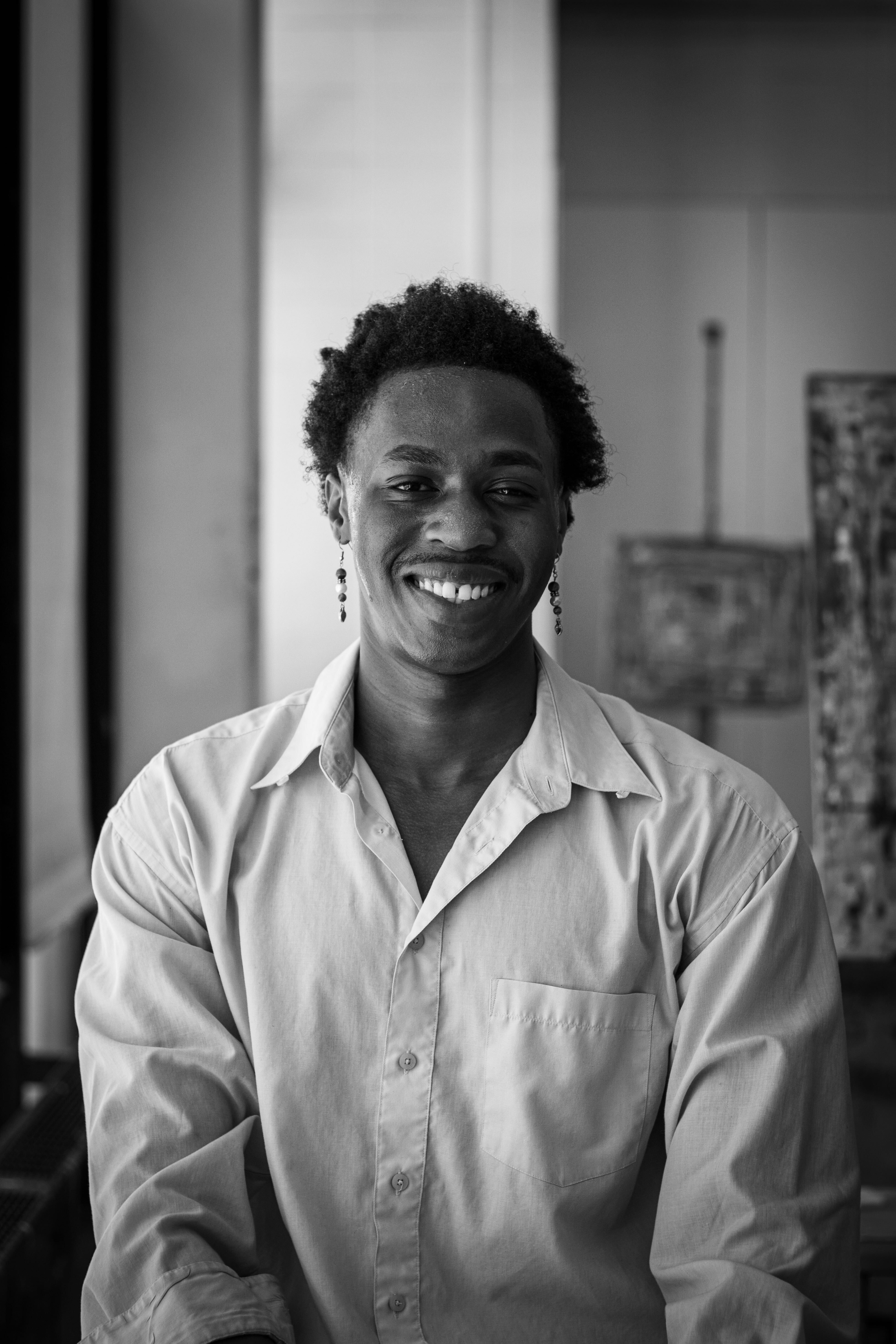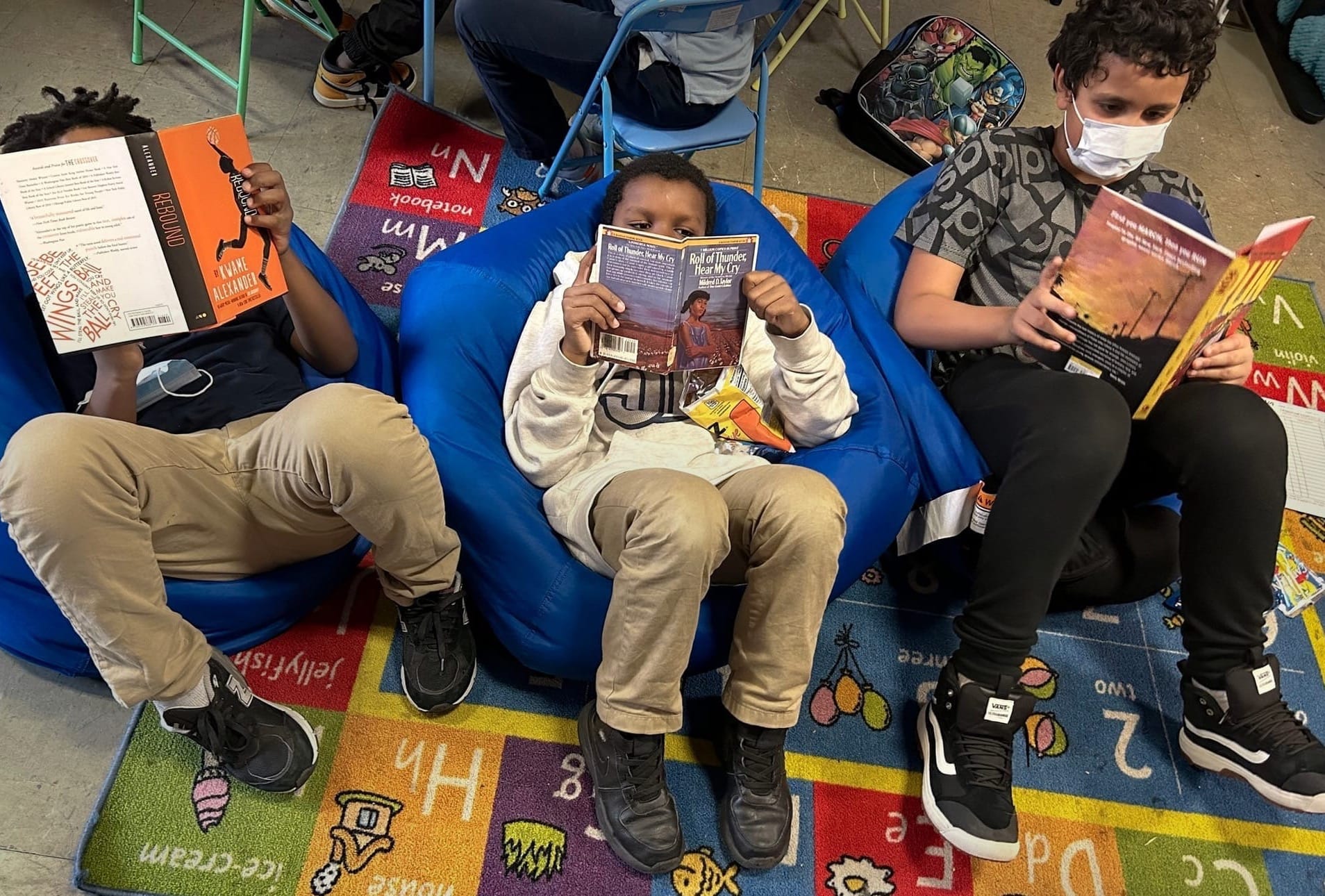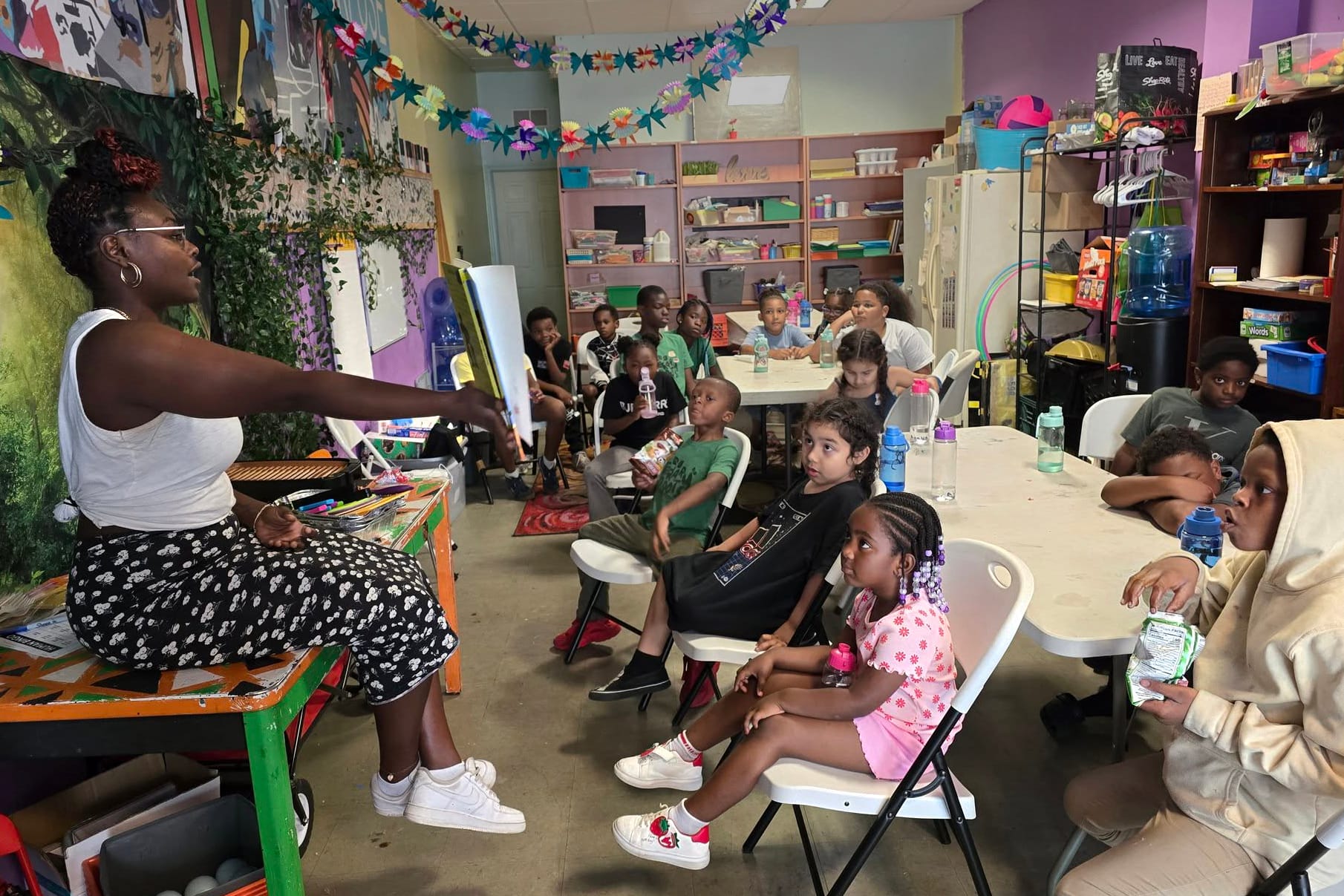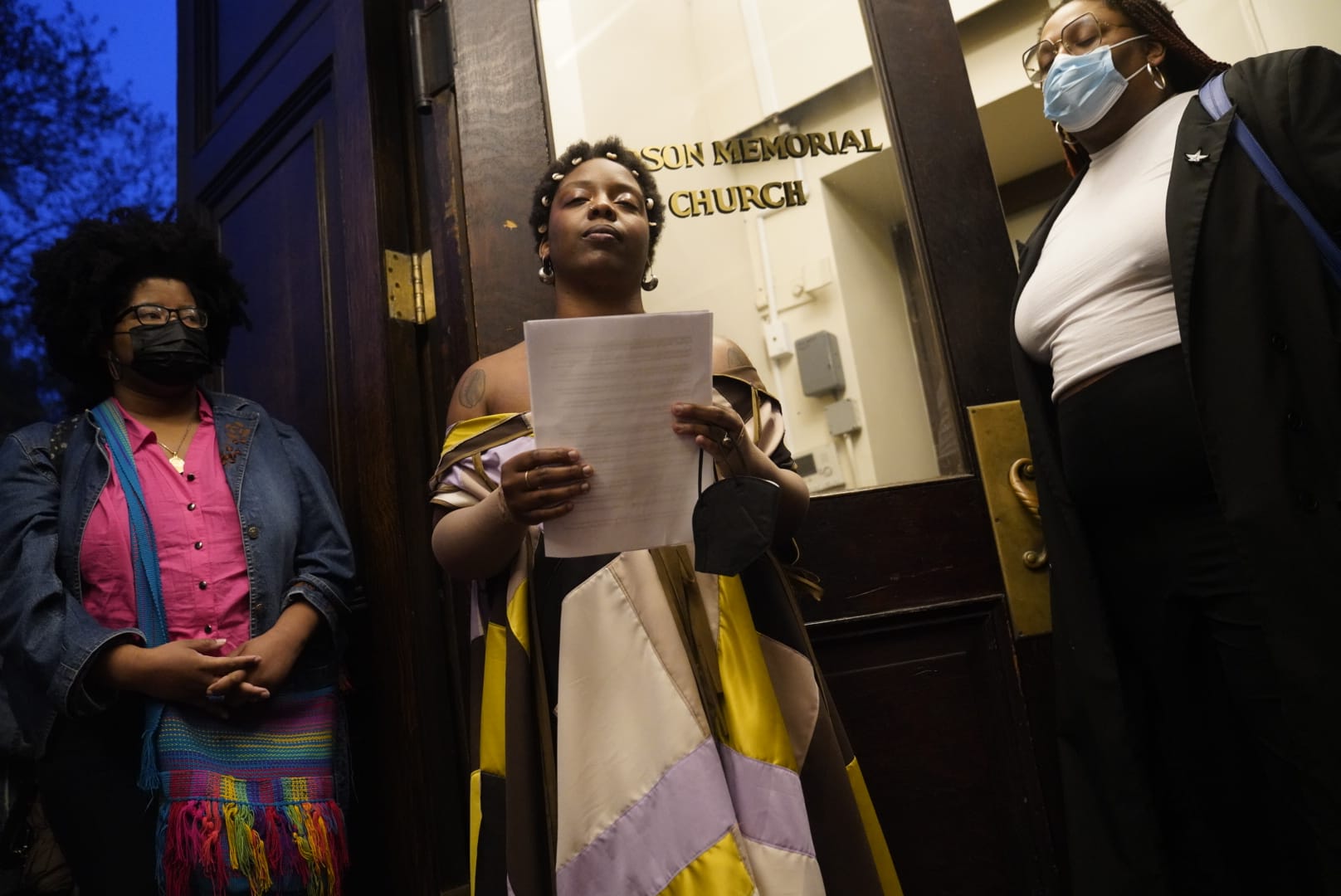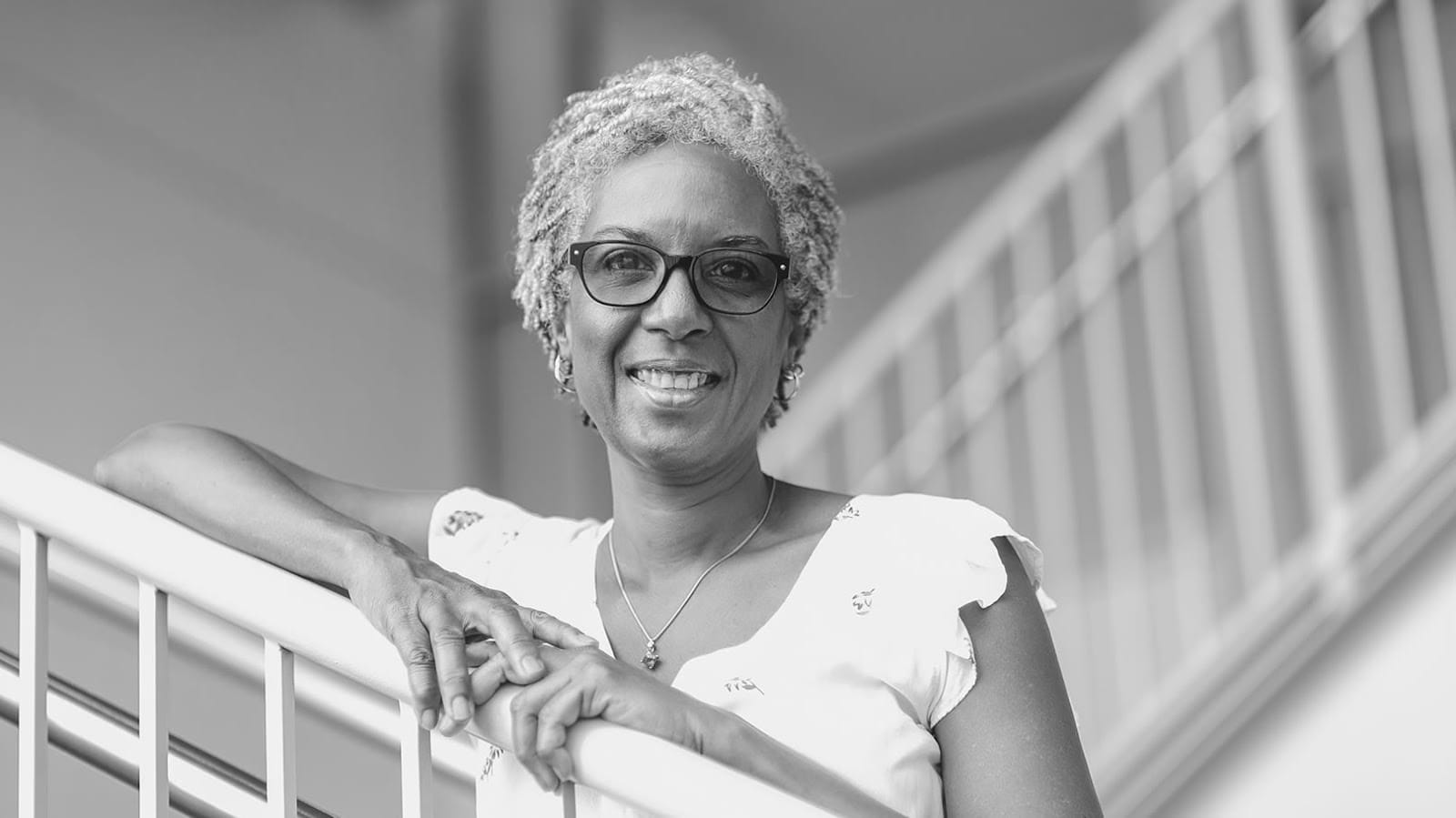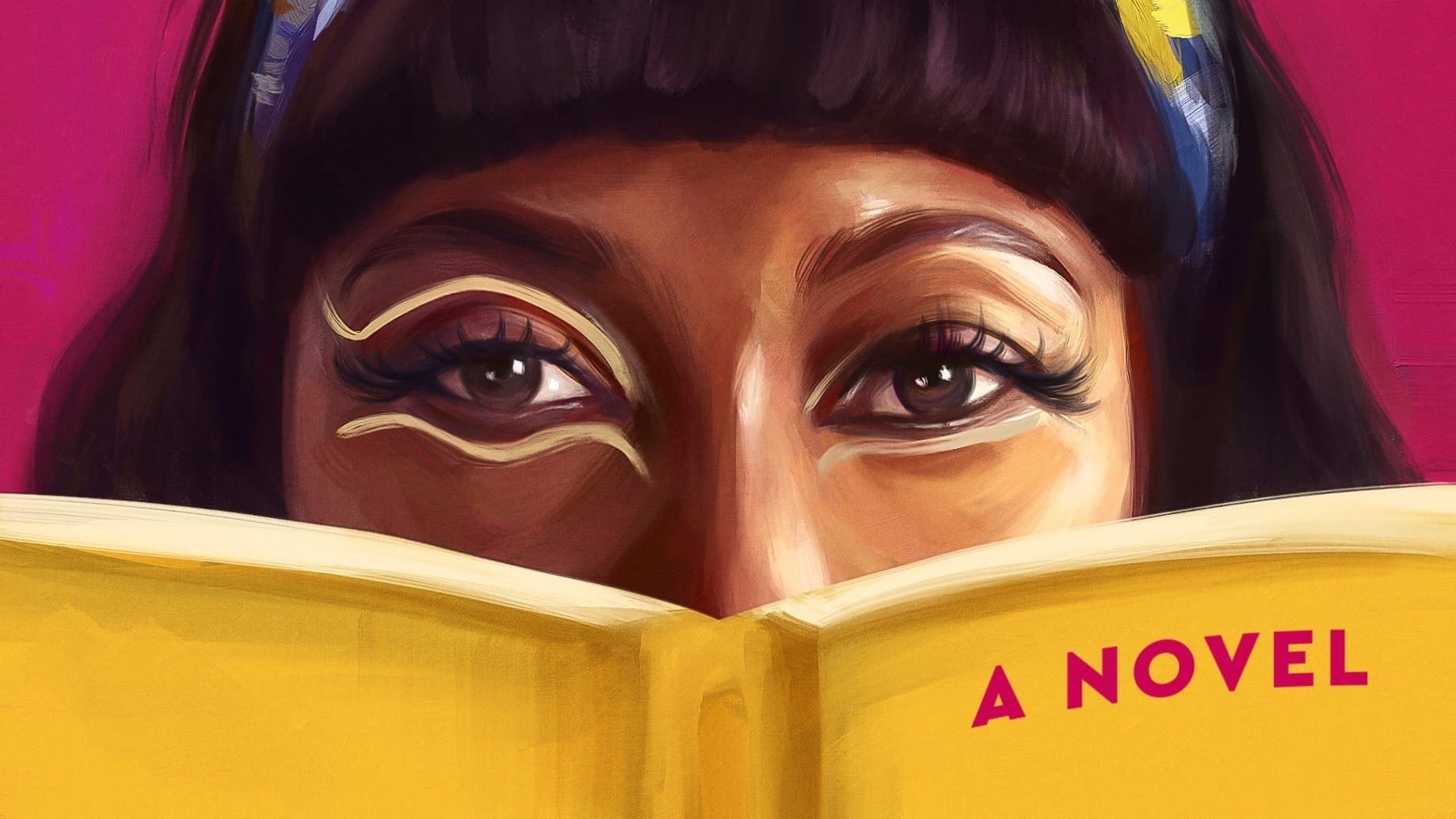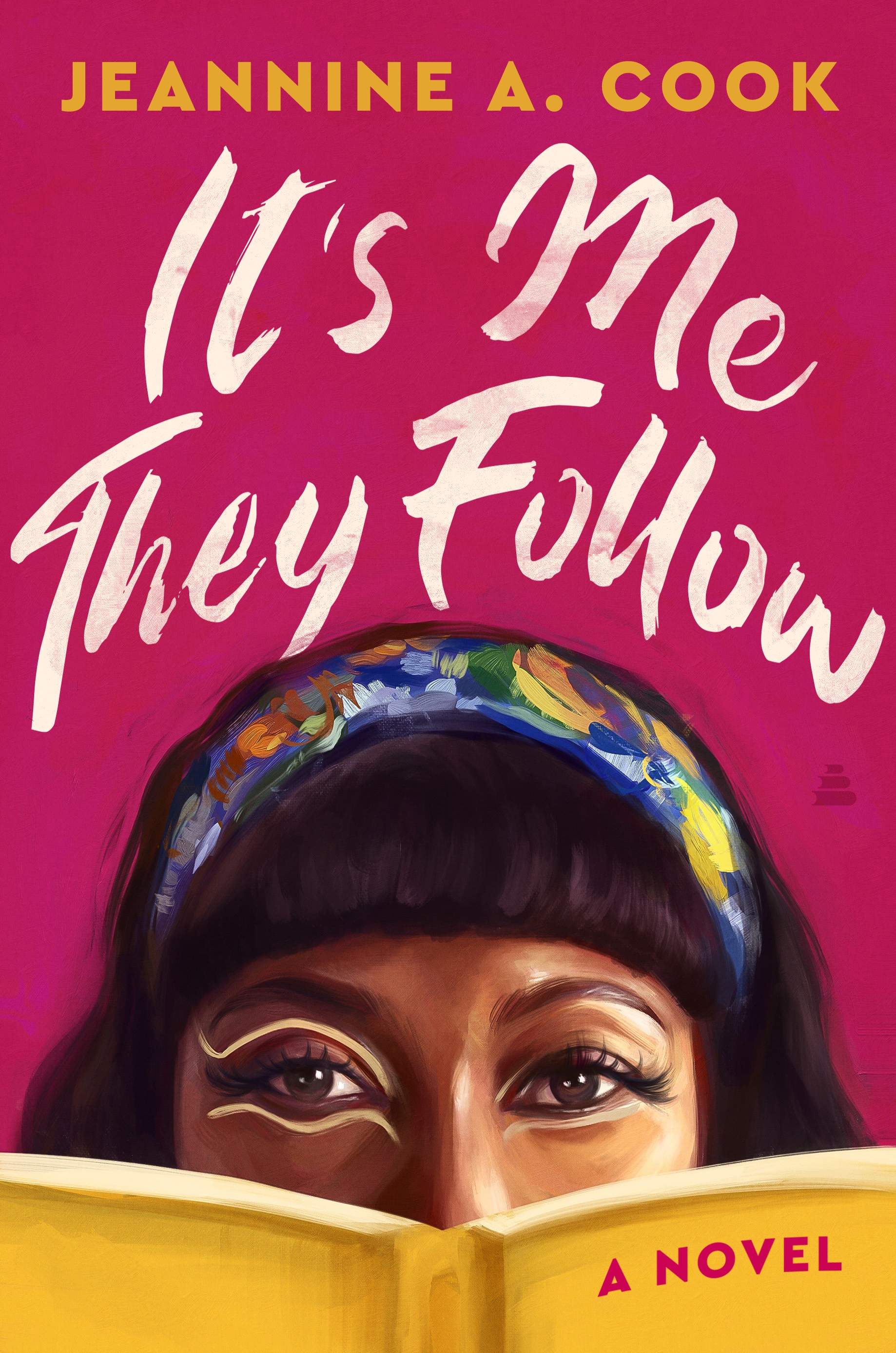Betrayal, worry, and grief: UArts Community Speaks Out after its Sudden Dissolvement.
UArt’s dissolvement comes just 6 months after the closure of the oldest arts institution in American history, The Pennsylvania Academy of the Fine Arts. UArts sudden shut down leaves its students scrambling and its community grief stricken.
Philadelphia has historically served as a hub for arts and culture, adorned with museums, monuments, and murals for both casual art lovers and connoisseurs. It’s no wonder that artists from across the country are magnetized towards Philly’s art institutions, getting to work on their craft while immersed in the city’s rich artistic ecosystem. This past year, however, has proven that the well-being of artists and their exploration is not a priority to those running the institutions, with the ultimate price being paid to quell the greed and mismanagement of an influential few.
On March 31st, Philly’s University of the Arts(UArts), via their instagram page, announced that the school would be closing permanently on June 7th, 2024 in addition to losing their accreditation. This abrupt announcement launched a collective shock to the UArts community, with the 1000+ confirmed admitted students and fully contracted staff left scrambling for answers just 3 months before the new school year.
“Grief is something that doesn't disappear but it can be healed. Growing up I was told time waits for no one and we have to keep moving no matter what so that's what I intend to do” states Sophomore Illustrator Javon Wooten, who was making dinner for his family when he received a phone call from his friend concerning the breaking news. Though initially stunned by the information Wooten shares, “I was mostly worried about my mother and what her next steps were, and she in turn was more worried about me”. Wooten’s mother was an employee at UArts, so the news was a devastating ordeal for the entire household.
UArt’s dissolvement comes just 6 months after the closure of the oldest arts institution in American history, The Pennsylvania Academy of the Fine Arts (PAFA); both institutions had major troubles managing their finances. UArt students in particular had to keep up with the steady tuition increase they were faced with over the years. With all eyes on what, or who rather, could have caused this disastrous rollout, the spotlight shines on the UArts head administrative staff - who’ve already had contentious relations with their staff and student body.
Chloe Pyle’s Masters in Music Education degree was barely hot off the press before she received a call from her boyfriend notifying her that her school’s accreditation had been revoked and was permanently shutting down. Initially Pyle’s thought “it was a weird joke at first until floods of texts started coming in from almost everyone I knew” continuing her statement with “It was a pretty brutal way to break the news to us and I was definitely hurt by their lack of consideration towards us”
As of June 20th, a General Attorney petition seeking the investigation of former UArts Presidents and Chief Financial Officers amassed over 2,000 signatures. During UArts President David Yager’s tenure (2014 - 2023) he was paid a whopping $700k during the 2022CY, with Steven J. Nightcap(2011 - 2023) being next in line for the highest paid employee.
It’s important to note that before UArts, Nightcap had a similar financial role at Cabrini University, who just last year announced its closure due to financial complications. This pattern merits a critical question:How can artists develop their craft in spaces where profit and greed are so systematically hierarchized?
In times of crisis, it wasn’t the University President or any member of the upper admin students looked to for answers, but each other and their staff, the people who truly make up the university. Despite the carelessness of UArt’s admin in its handling of funds and delivery of, Pyle and Wooten found refuge in their community as students, staff, parents, and supporters work together to mend the broken pieces imparted by the admin’s negligence. In recounting her UArts experience, Pyle affirmed,
“I will always love UArts. I don't mean that I love the upper admin, but I love the staff that put their own needs aside to help current students, teachers who helped students transfer, and the community who came together for the demonstrations. When I think of my alma mater, that's who is in my mind.”
Though Wooten received radio silence from admin, he remains grateful to his UArts community for all the aid and care they’ve imparted. Wooten disclosed, “The student body, caring staff, and alumni have provided many links, Google documents and messages to those in need over social media platforms. Even an account to get your art posted and be followed by others.”
Wooten and Pyle ignite a conversation that must be had about how students, artists, and professionals in the arts can be supported if the vested interest of a few continues to trump the harmonic pursuits of the collective. Artists deserve to learn, grow, and make art and it’s a travesty that situations like this are the reason they must reevaluate where they can go from here. Most importantly, we need to think about the students and how they deal with a detour of this magnitude in their artistic journey.
When asked about their plans for the future, Wooten confidently proclaimed, “I would like to say that even with the school shutting down I will never stop creating art and drawing things that I like. I still want to become a character designer, concept artist or animator…This sudden close of the school has only helped me pursue art more.”
Pyle carried the same enthusiasm stating that the school’s closing down “makes me even more dedicated and passionate about supporting the arts!!! Seeing the community come together this way is just further proof of how important keeping the arts alive is!”. In response to the decision of admin, Pyle rejects their authority over the future of arts asserting, “Greedy corporate people that don't care about arts education don't get to alter the significance of the arts”
Despite the institutional betrayal these artists must navigate, their light remains bright as they forge their futures in spite of these circumstances. These are the people who are at the core of this story and will continue to persevere even after the institution dissolves. Nevertheless, the road to recovery remains arduous and is one no student should have to face once committed to a school. Justice must prevail so artists in the city of brotherly love can continue to change their community, and the world, one courageous day at a time.
